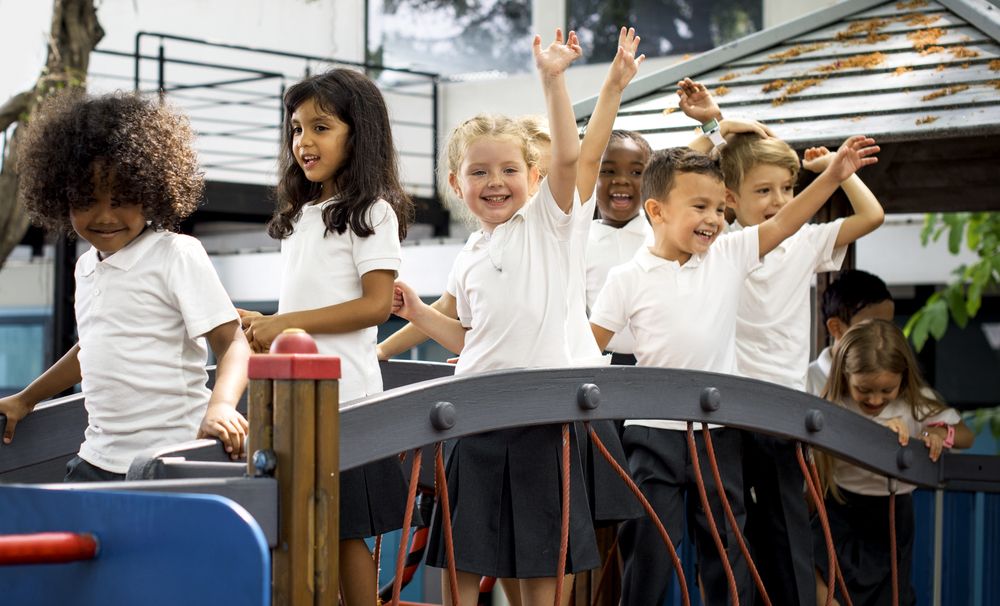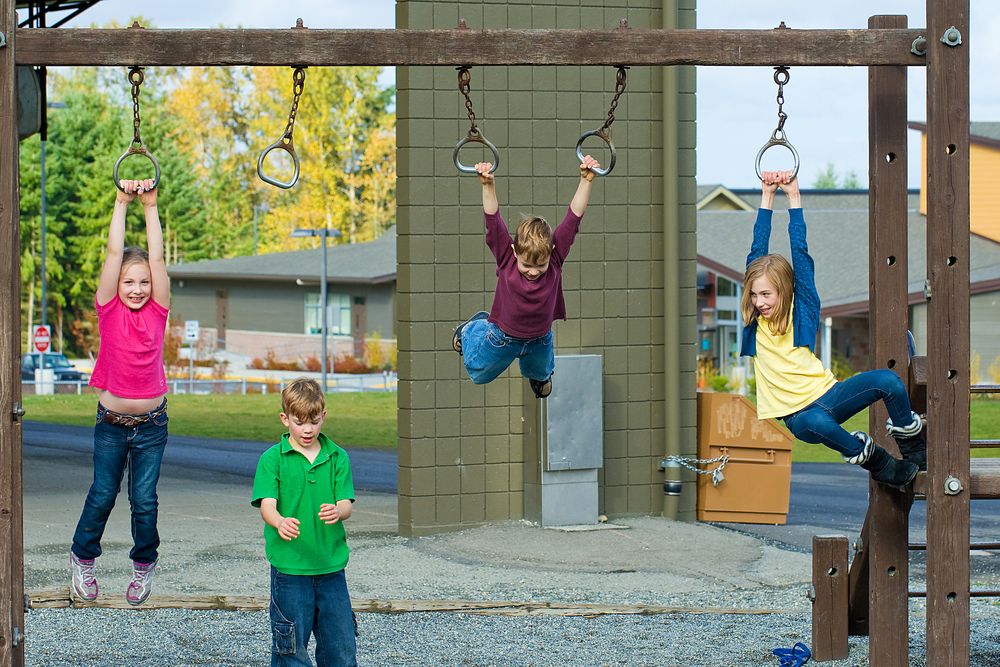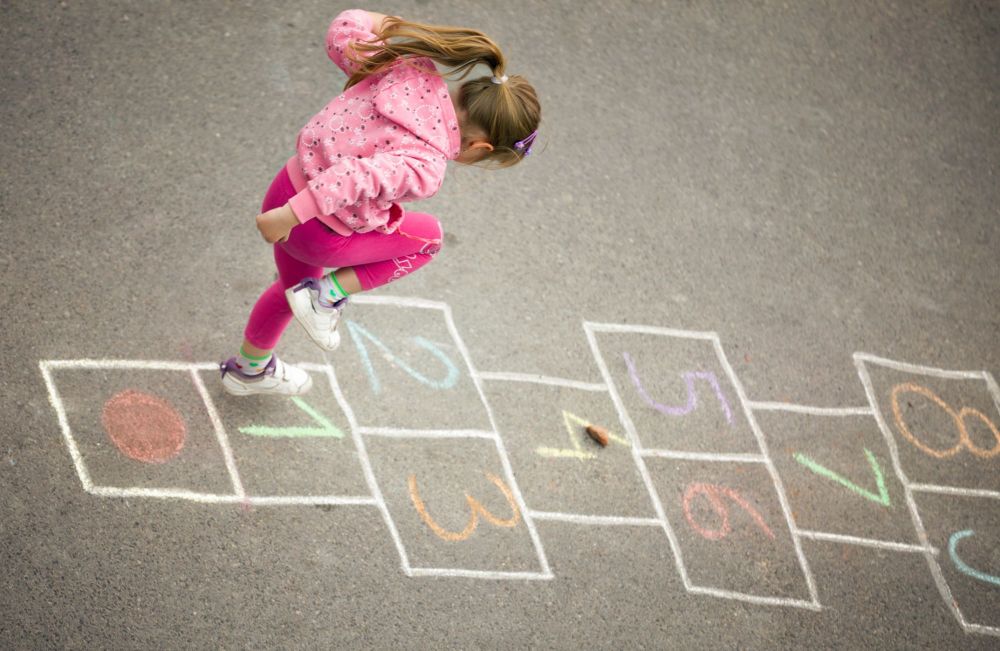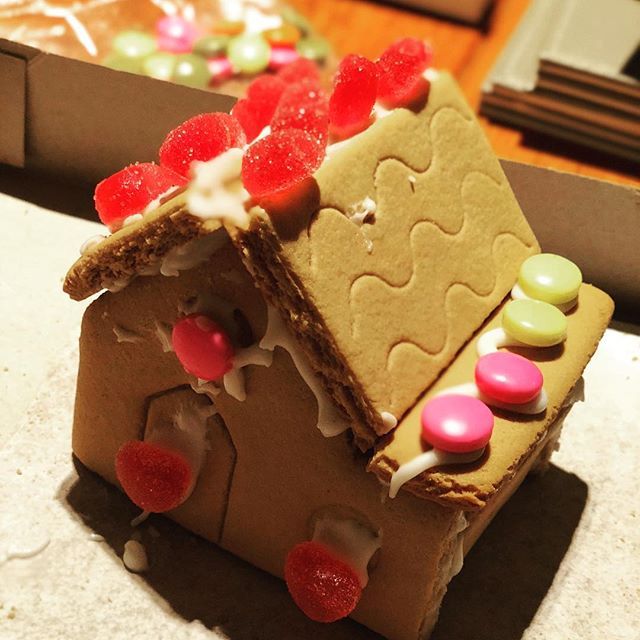What Makes a Great School Playground?
Posted on
As the end of the year draws near, many of us reflect on the good bits, the bad bits and all the bits in between. When it comes to schools, we as parents tend to look at the essential bits. How well is the school performing from a grade perspective? What is the local opinion of the school? What facilities does the school have? Whilst all of these questions are extremely important and very valid when making a decision, one of the things we tend to overlook is the quality of the playground.

Nobody knows your child better than you and I’m sure we can all agree that a good playground can do wonders for our children, helping them grow and develop in ways that we often don’t notice. So, this post is dedicated to highlighting the key activities and factors to look out for when judging a school playground. The hardest part is trying not to be swayed by your own childhood playground memories!
Physical Challenges
The first point to consider is the physical challenges that your child should be undertaking in the school playground. Physical activity has been proven to have a positive effect on classroom learning, so for your child to make the most of their time at school, they must have room to push their physical limits and expend energy.
In particular, you want to keep an eye out for physical challenges that encourage healthy competition or interaction like agility trails, climbing apparatus and themed equipment (depending on the age of your child of course). A good school playground will have a variety of different physical challenges for children to enjoy and use based on their personal tastes.

Socialising Opportunities
The second essential feature to look out for is socialising opportunities that encourage the school children to interact with one another. Humans are social creatures and a massive part of child development is directly linked to speaking, picking up social clues and generally interacting with others.
Social opportunities can be presented in a variety of different forms. Meeting places and seating is always a great way for children to come together and interact but equally, large thematic equipment can be great at encouraging children to engage with each other.
Brain Teasers and Discovery
The final key points we’re going to look at is the inclusion of brain teasers and discovery. This is particularly important in nurseries and primary schools, where the children are still full of imagination. The brain behaves just like a muscle - it needs practice and continual use to become more efficient. Giving children the equipment and materials to let their imagination run free is a great way of helping them develop. For older children, riddles and mental challenges are more appropriate for developing critical thinking and problem solving.
In general, discovery can be incorporated in school playgrounds for younger children through moving parts and physical puzzles. In particular, puzzles that involve walking or moving are really good, which is why lots of school playgrounds feature mazes on the floor. Keep an eye out for this when you’re visiting a school playground. On the flip side, trying to put tougher brain teasers into a playground is much more difficult, though there are still some puzzles that might be appropriate.

Overall, the key to a healthy and positive school playground is variety. No playground should focus on a single goal, whether that be physical growth, mental challenges or social opportunities; instead, they should combine all of these targets into one and have equipment that works towards this overarching goal.











